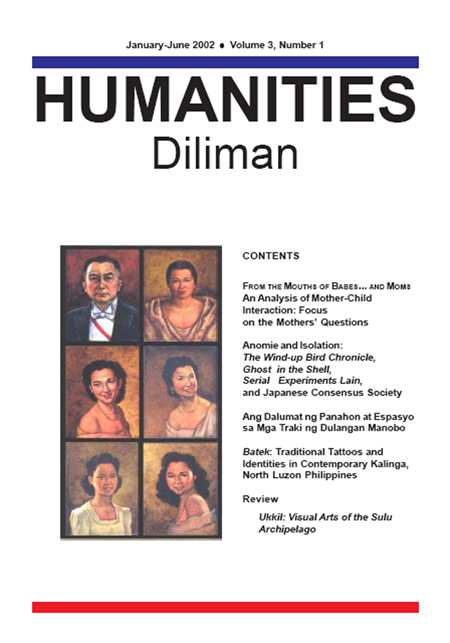Ukkil: Visual Arts of the Sulu Archipelago
Abstract
The Western concept of art as a special domain of creativity, with the artist set apart from and against society, is demystified by the book Ukkil: Visual Arts of the Sulu Archipelago.Reification of art is foreign in the Sulu Archipelago. Art is useful and the useful, artistic. Art is everywhere: in dance, music, its visual arts – baskets, textiles, jewelry, boats, houses, gravemarkers. Feeling and function are inseparable, as typified by the elaborately carved Kuran stand and boats with sails exhibiting high color sophistication.
Having married into the family of the Sultan of Sulu, and having lived in Southern Philippines for more than two decades, the author, Ligaya F. Amilbangsa, names objects to record, as it were, the lives of the people with whom she lived. She does not engage in collection and exoticization of artefacts; what she engages in is recollection. Its visual arts belong to its people, and their proper domain – the Sulu Archipelago.
In the archipelago, social creation takes place in the village plaza, a boat, the beach, front or backyards or any place where artists receive praise and criticism not only from one another but also from passersby. The creative process is equal to the finished product. Art is passed on by self-taught artisans rather than through institutions. Their spiritual beliefs are woven in the mats they sleep in, the clothes they wear; their world views, in the boats that transport them and in the houses which shelter them. Hence, they prefer to keep rather than sell their creations, which express their feelings and satisfy their souls. Objects are created for personal use and with artistic pride. As with Asian neighbors, art is participatory, utilitarian, communal, and integral to daily life.


